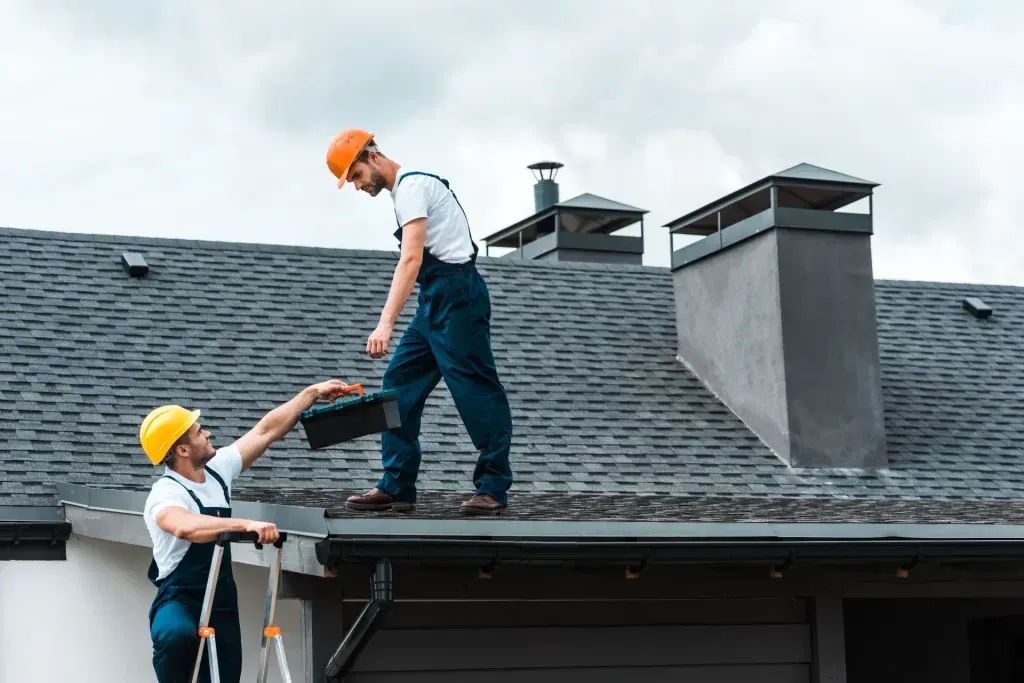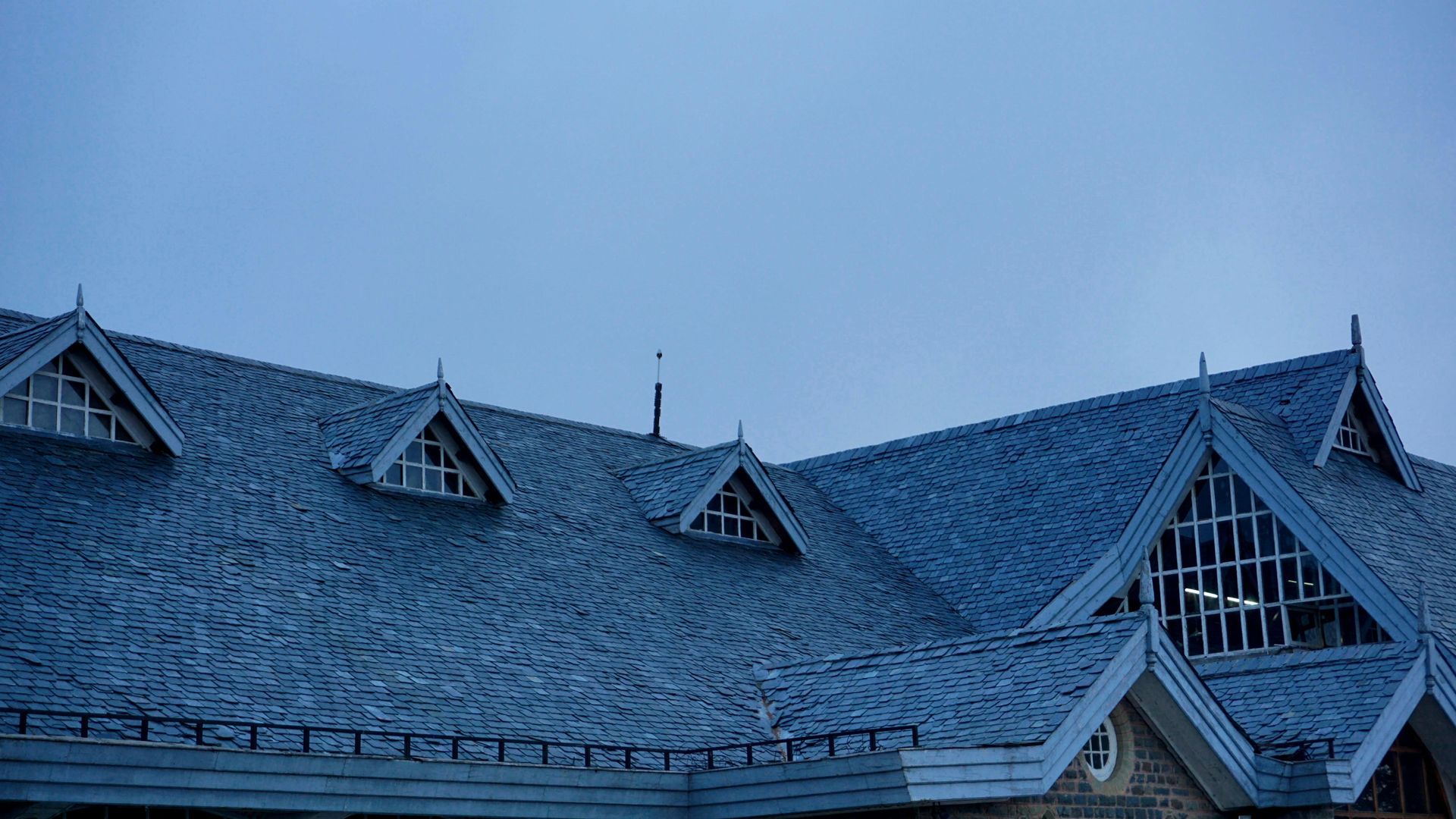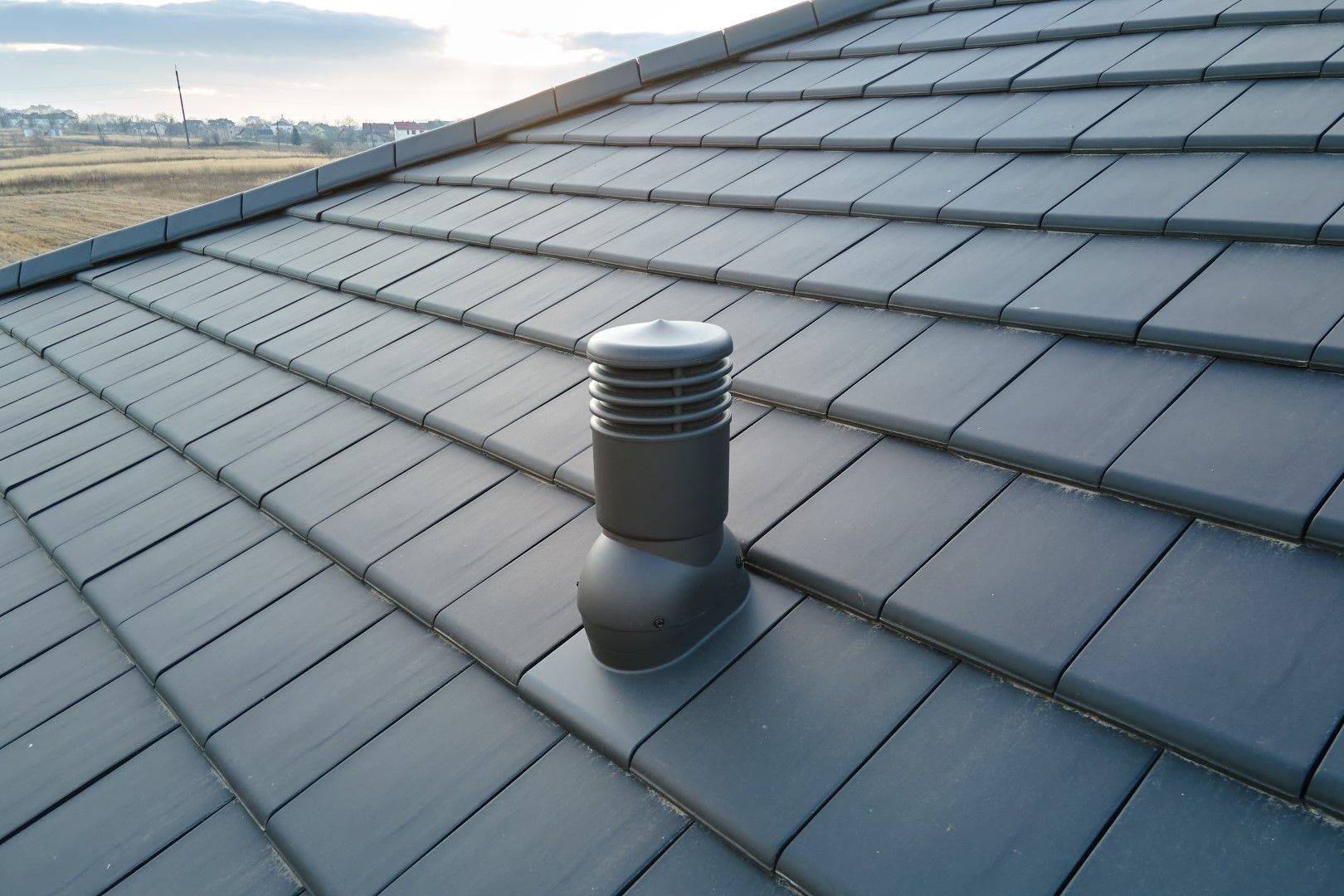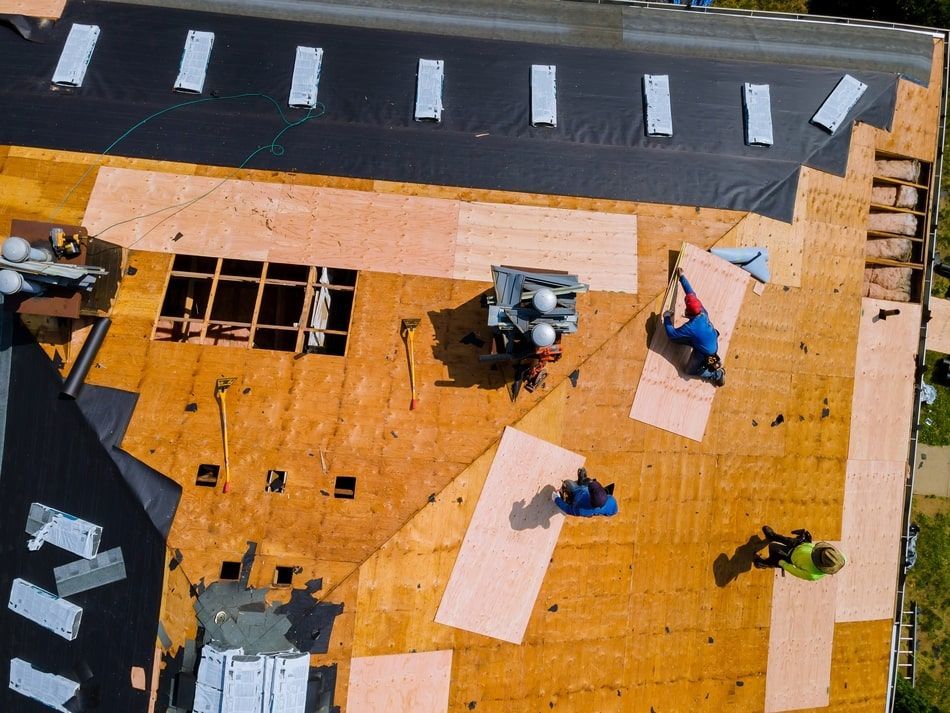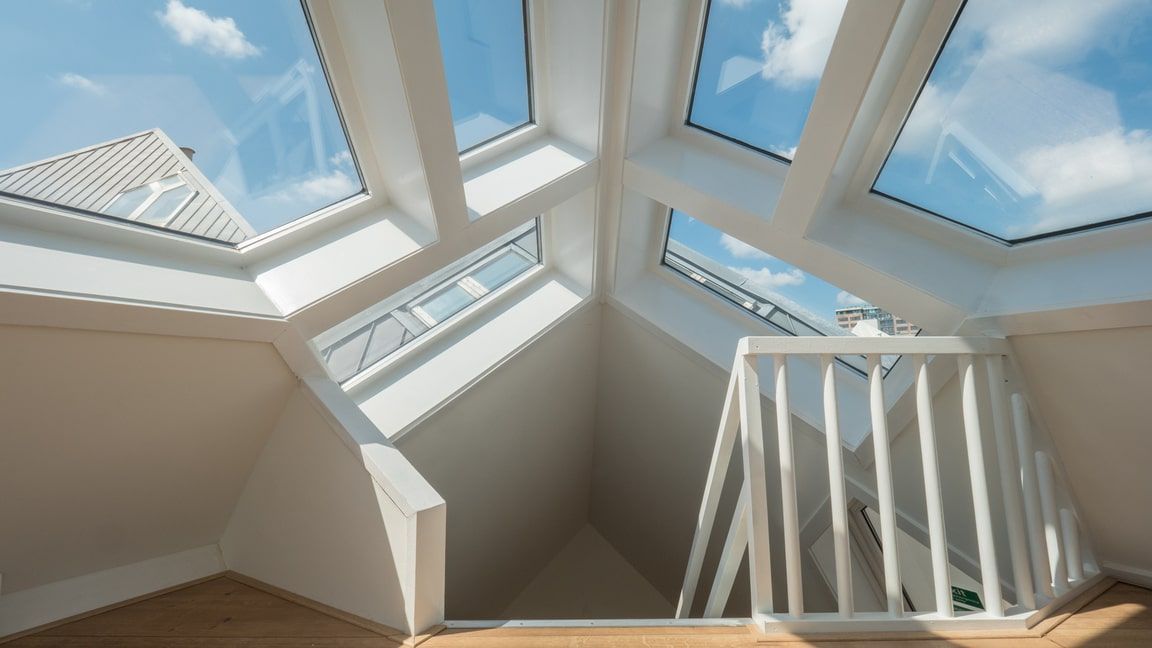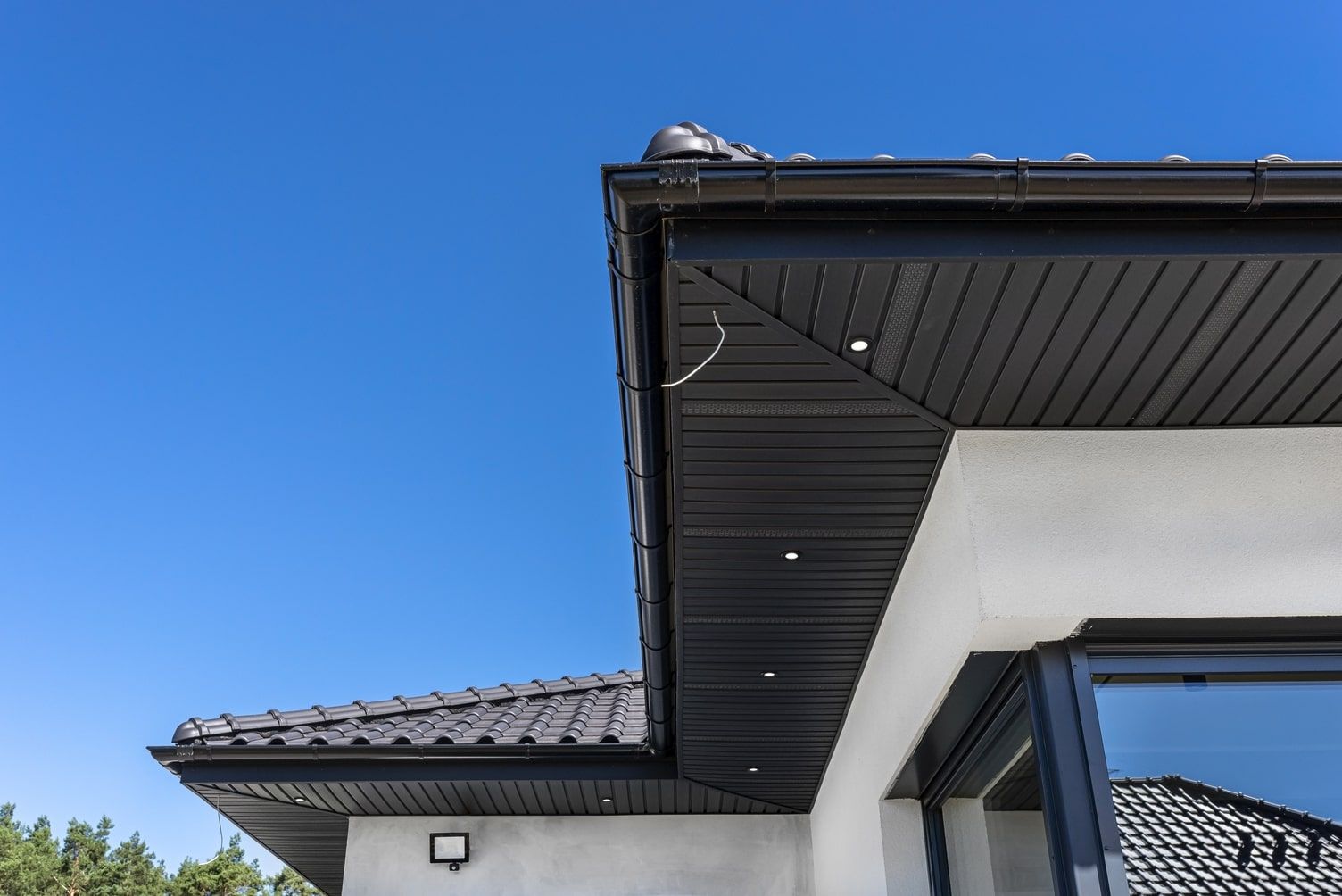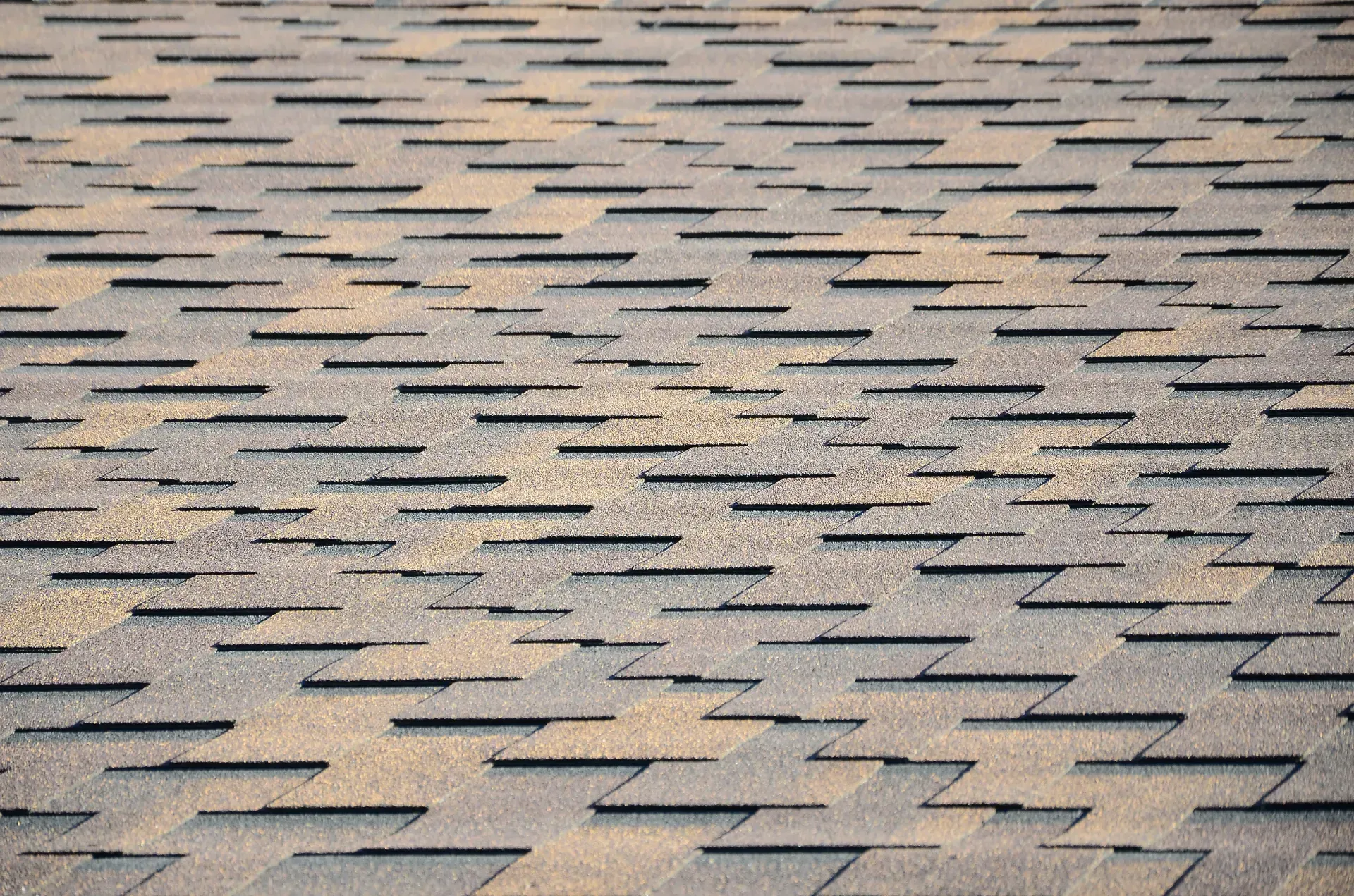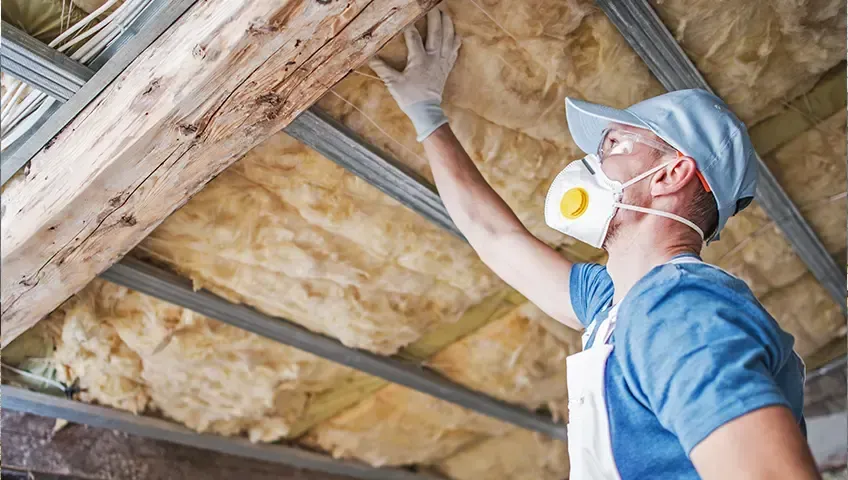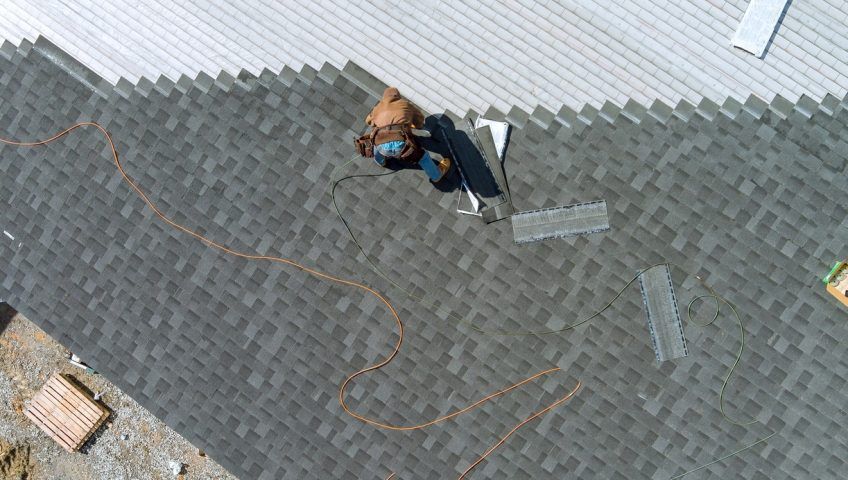Clean Your Roof in Spring
Springtime is upon us, which means it’s time to start thinking about spring cleaning tasks, including cleaning your roof. Your roof is one of the most important parts of your home, and it needs regular maintenance to keep it in good condition.
Cleaning your roof in the spring is an important step in maintaining its longevity and preventing damage. In this blog, Feeney Roofing will outline the steps you need to take to clean your roof in the spring.
Step 1: Prioritize Safety First Before Cleaning Your Roof
Before you start cleaning your roof, make sure to prioritize safety first. Working on a roof can be dangerous, so it’s important to take precautions to prevent accidents. Wear appropriate footwear with good traction and use a sturdy ladder that is securely positioned. It’s also a good idea to use a safety harness or rope to prevent falls, and to avoid working on the roof alone.
Step 2: Clear Away Debris from Your Roof
The first step in cleaning your roof is to clear away any debris that has accumulated over the winter months. This includes leaves, branches, and other organic material that has collected on your roof. You can use a broom or a leaf blower to clear away the debris, being careful not to damage the roof in the process. Make sure to also clear away any debris from around the roof, as it can easily blow back onto the roof. While leaving debris is a no-brainer, make sure you also clear overhanging branches, vines, and plant growth on your roof!
Step 3: Inspect Your Roof for Any Signs of Damage
After you’ve cleared away debris from your roof, it’s important to inspect it for any signs of damage. Look for cracked or missing shingles, damaged flashing, or leaks. Check for signs of wear and tear, and pay special attention to areas where water may collect. If you notice any damage, it’s important to address it promptly to prevent further damage to your roof.
Step 4: Choose a Cleaning Method That Works for Your Roof
Once you’ve cleared away debris and inspected your roof for damage, it’s time to choose a cleaning method that works for your roof. There are several methods to choose from, including pressure washing, chemical cleaning, and manual cleaning. Each method has its pros and cons, so make sure to choose the one that’s best suited for your roof type and condition. Be sure to follow safety precautions and manufacturer’s instructions carefully.
Step 5: Don’t Forget to Clean Your Gutters and Downspouts
While you’re cleaning your roof, don’t forget to clean your gutters and downspouts as well. Clogged gutters and downspouts can cause water damage to your roof and the rest of your home. Use a gutter scoop or a pressure washer to clear away any debris. Make sure to also inspect your gutters and downspouts for damage and repair or replace as needed.
Step 6: Take Preventative Measures to Keep Your Roof
To prevent your roof from getting dirty again quickly, there are several preventative measures you can take. Trim back any overhanging branches that may drop leaves and debris on your roof. Install gutter guards to prevent debris from getting into your gutters. Finally, consider having your roof professionally cleaned every few years to keep it in top condition. By taking these steps, you can help ensure that your roof stays clean and well-maintained for years to come.
Conclusion
Cleaning your roof in the spring is an important part of maintaining the longevity of your roof and preventing damage. By following these steps, you can ensure that your roof stays in top condition for years to come. Remember to prioritize safety when working on your roof, and don’t hesitate to call in a professional if you’re not comfortable doing it yourself.
